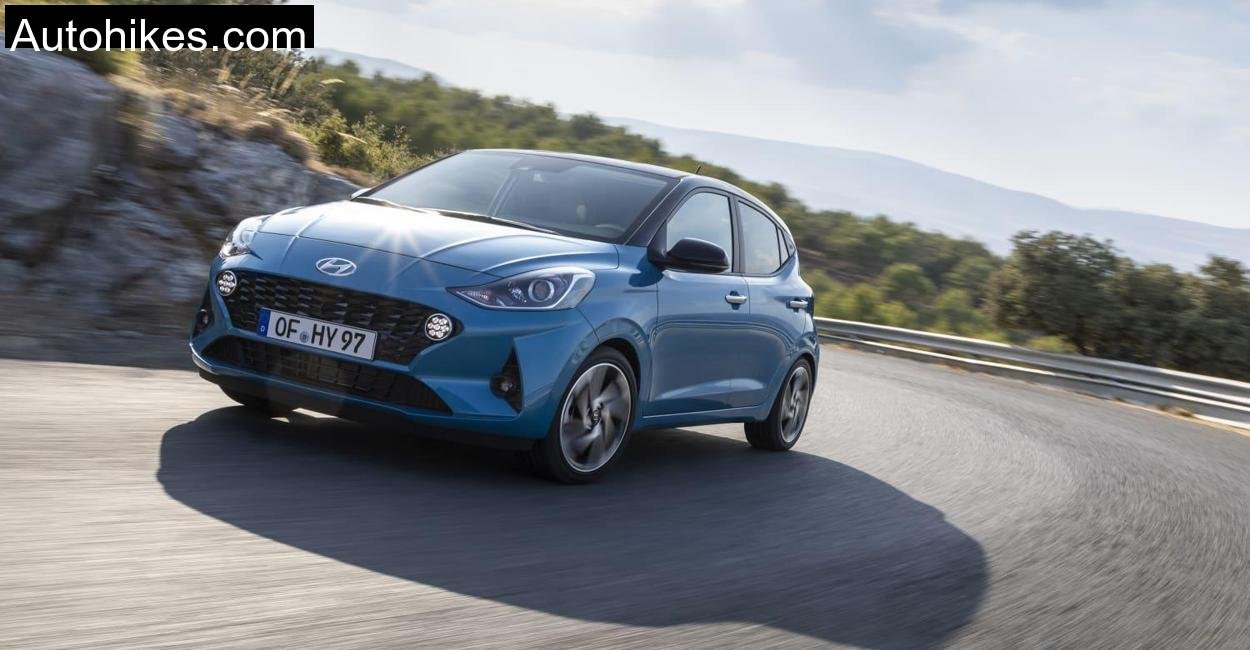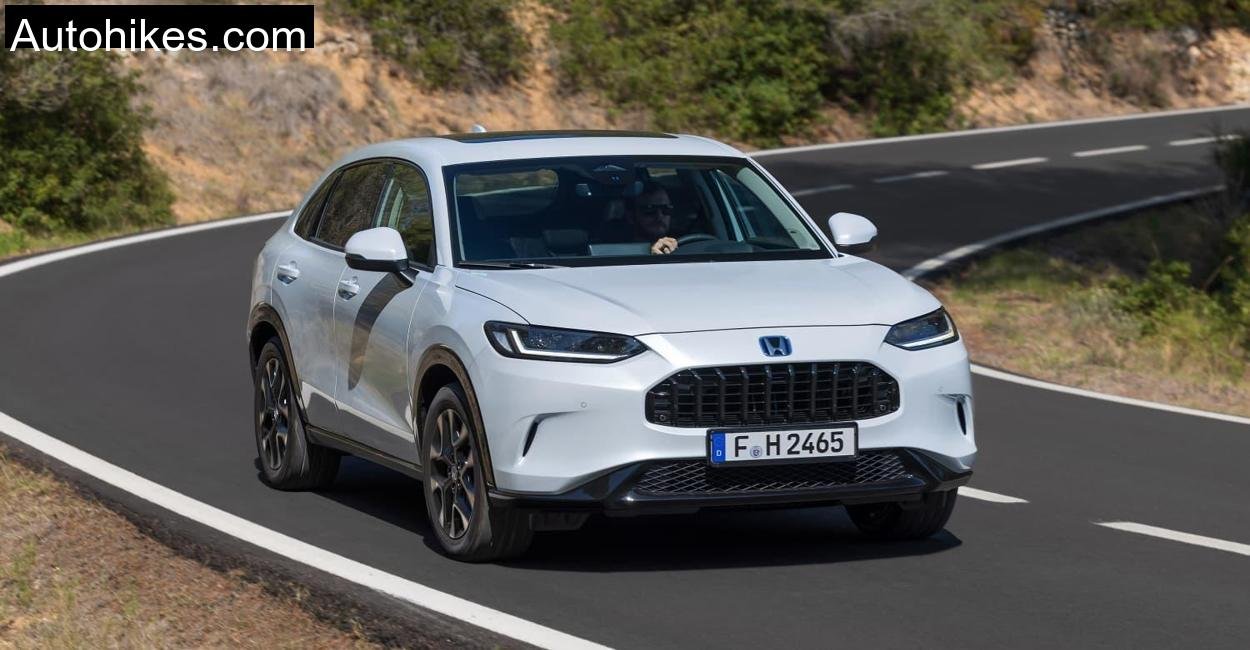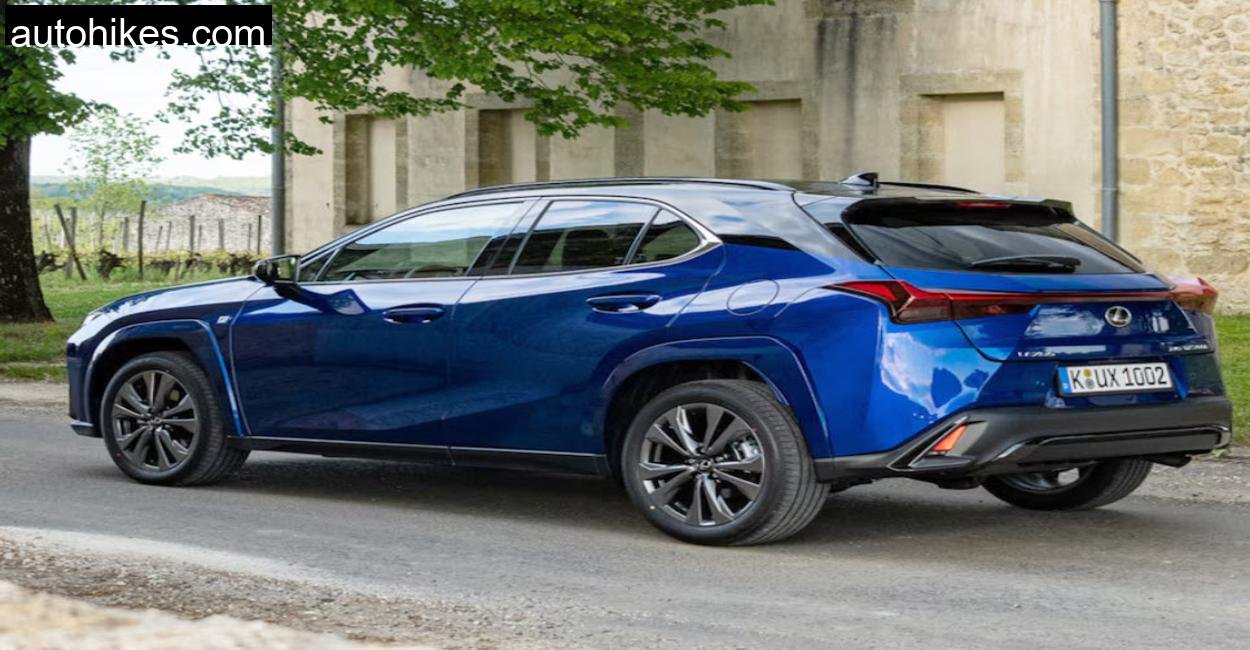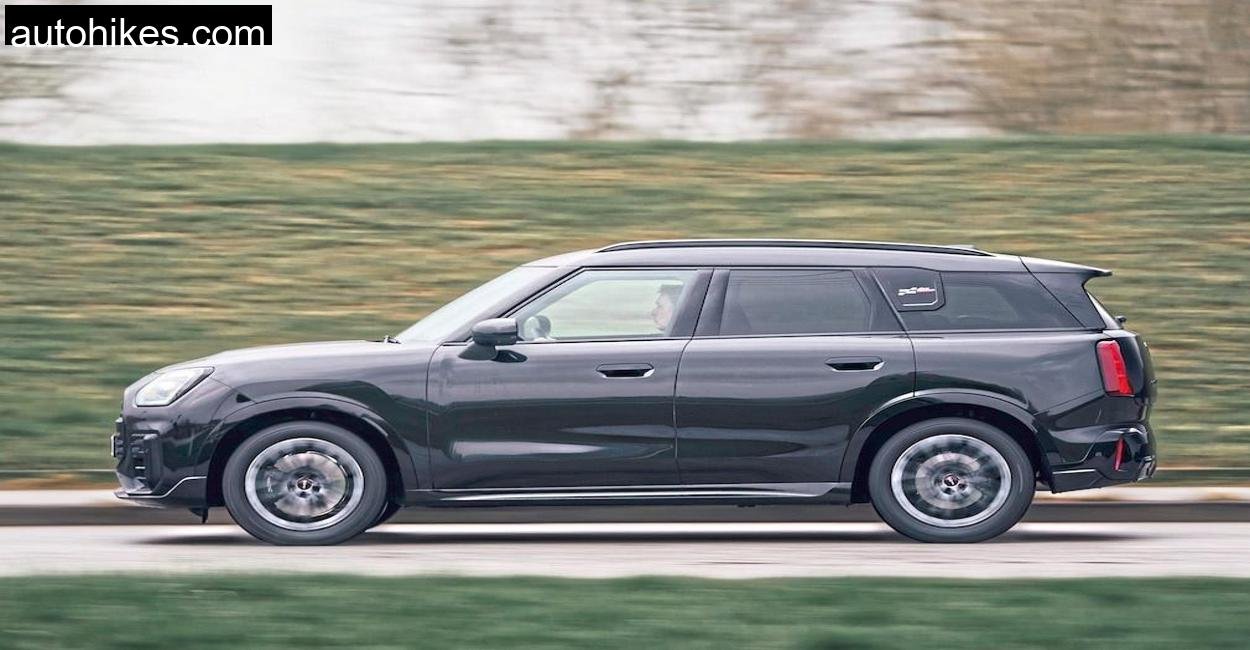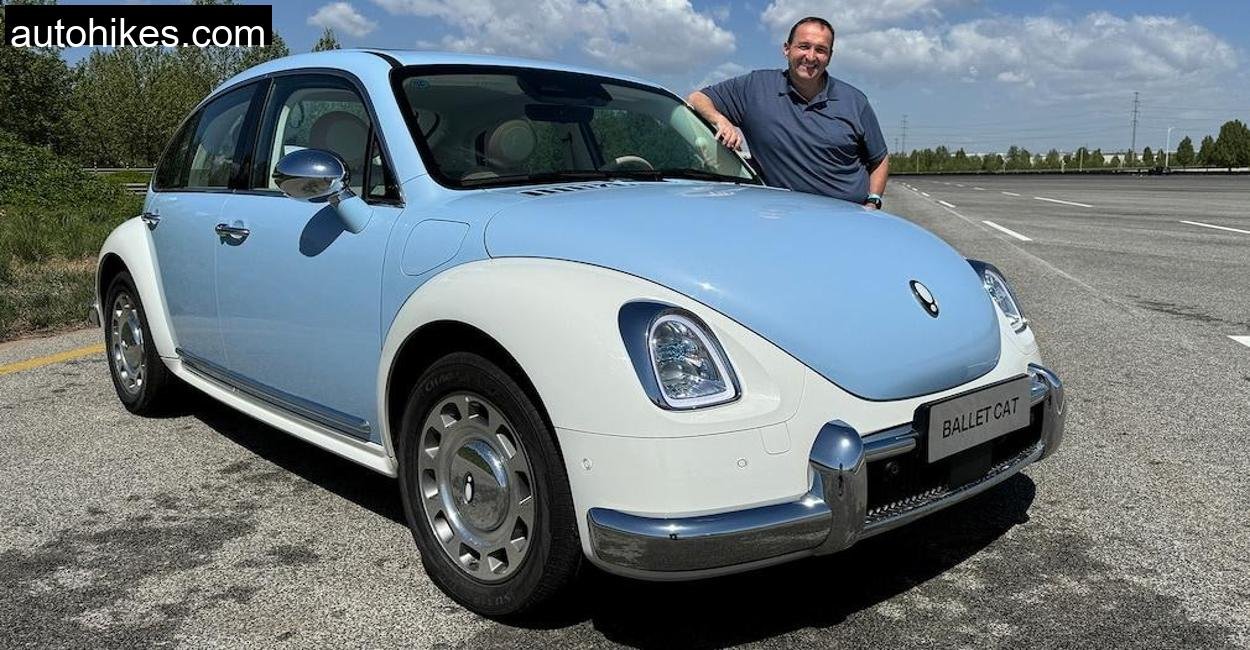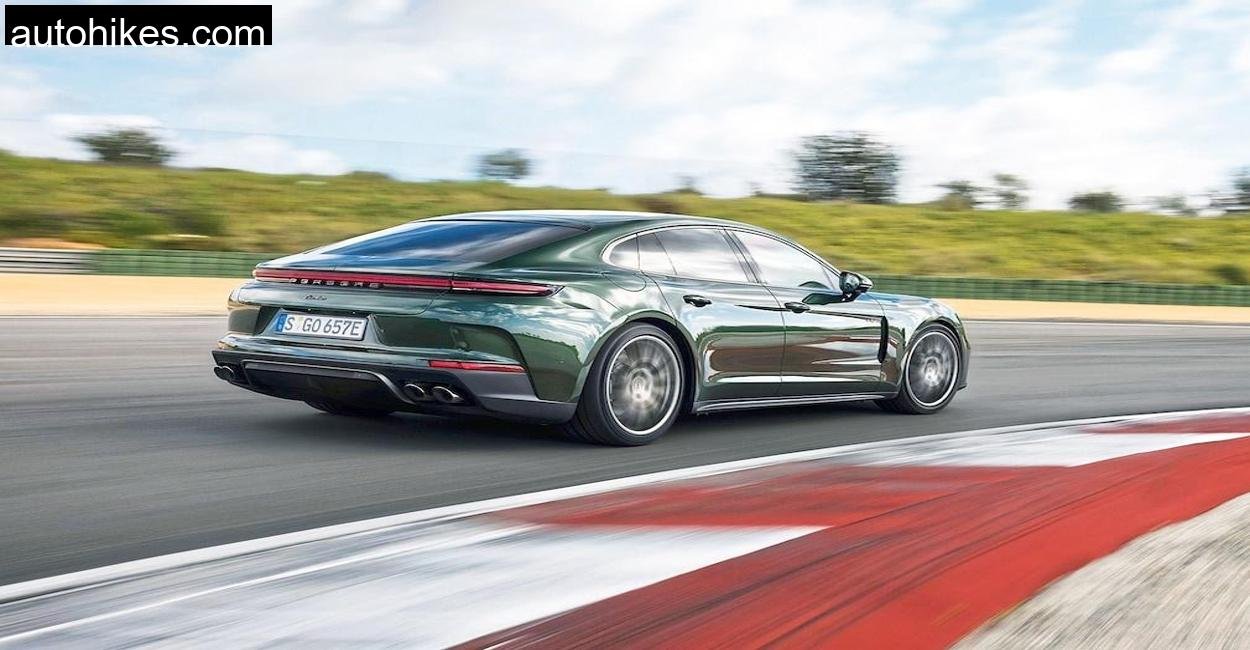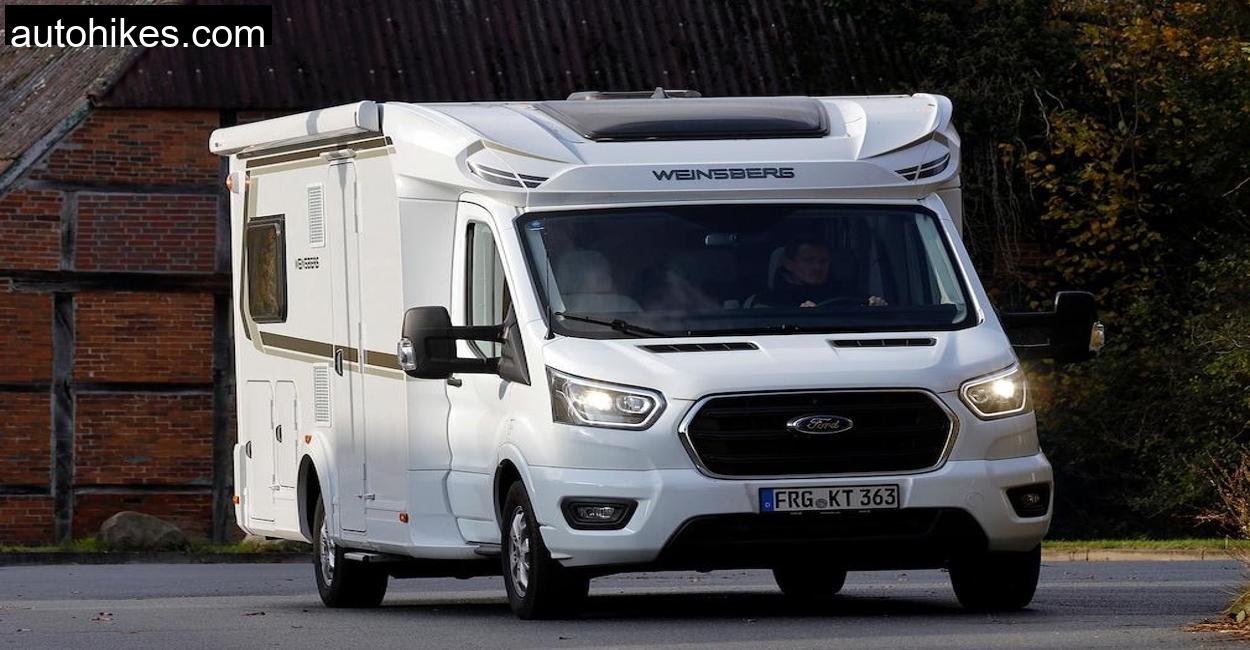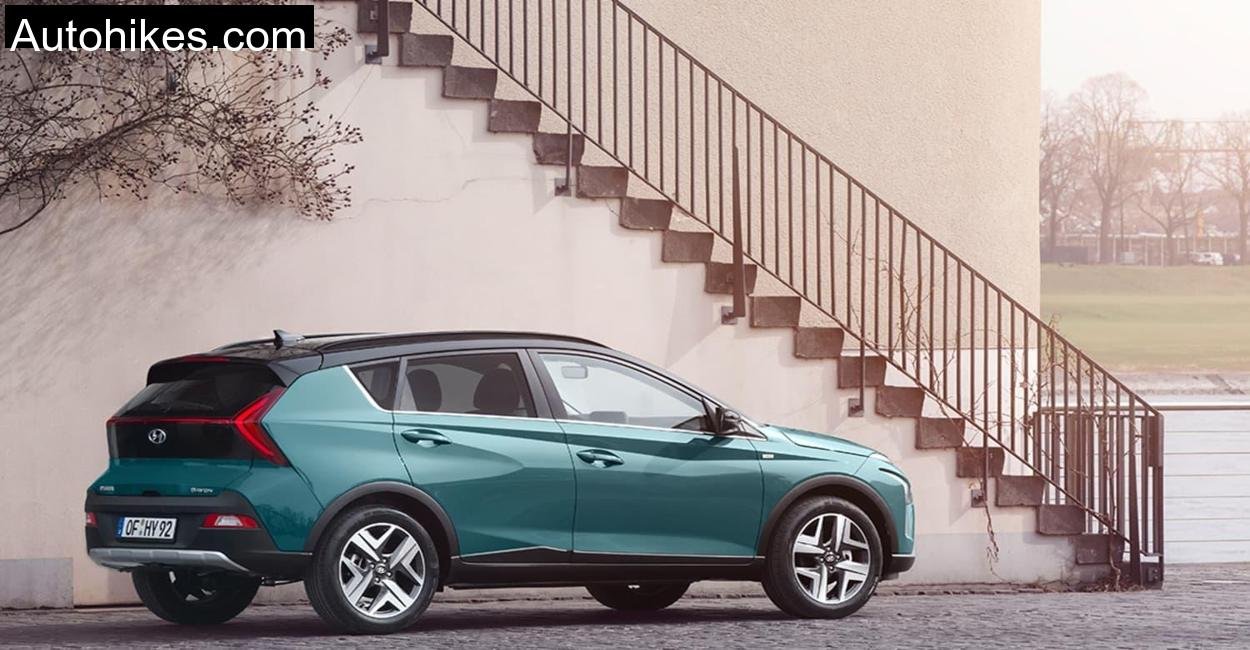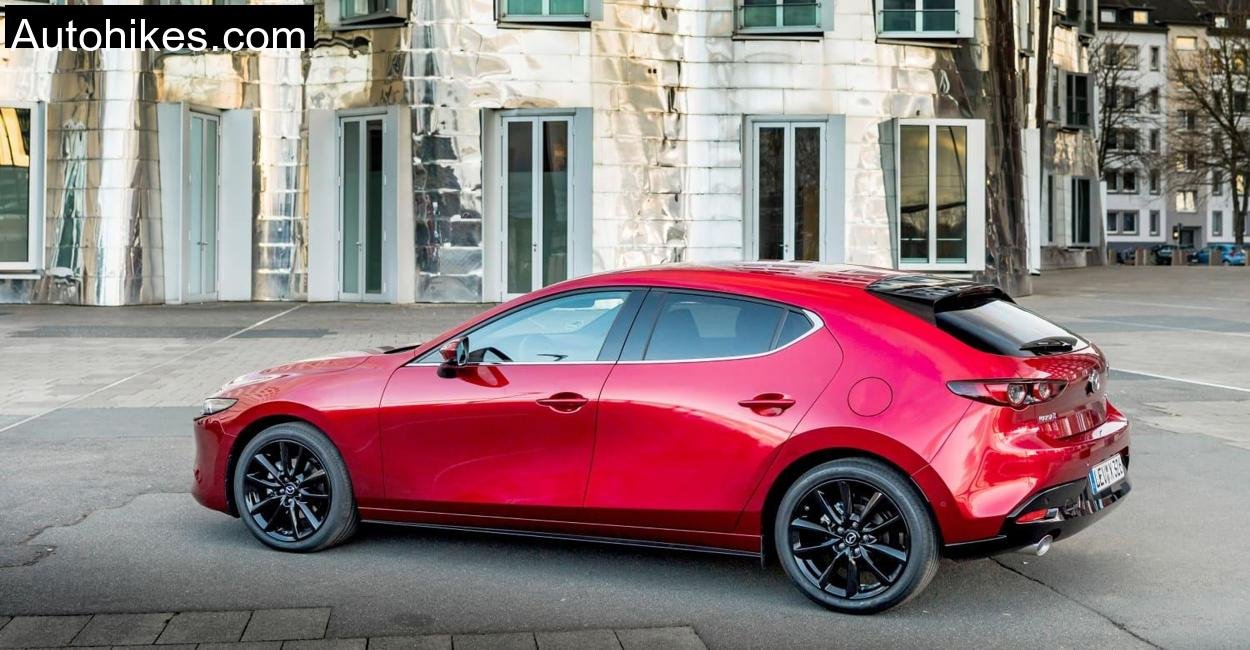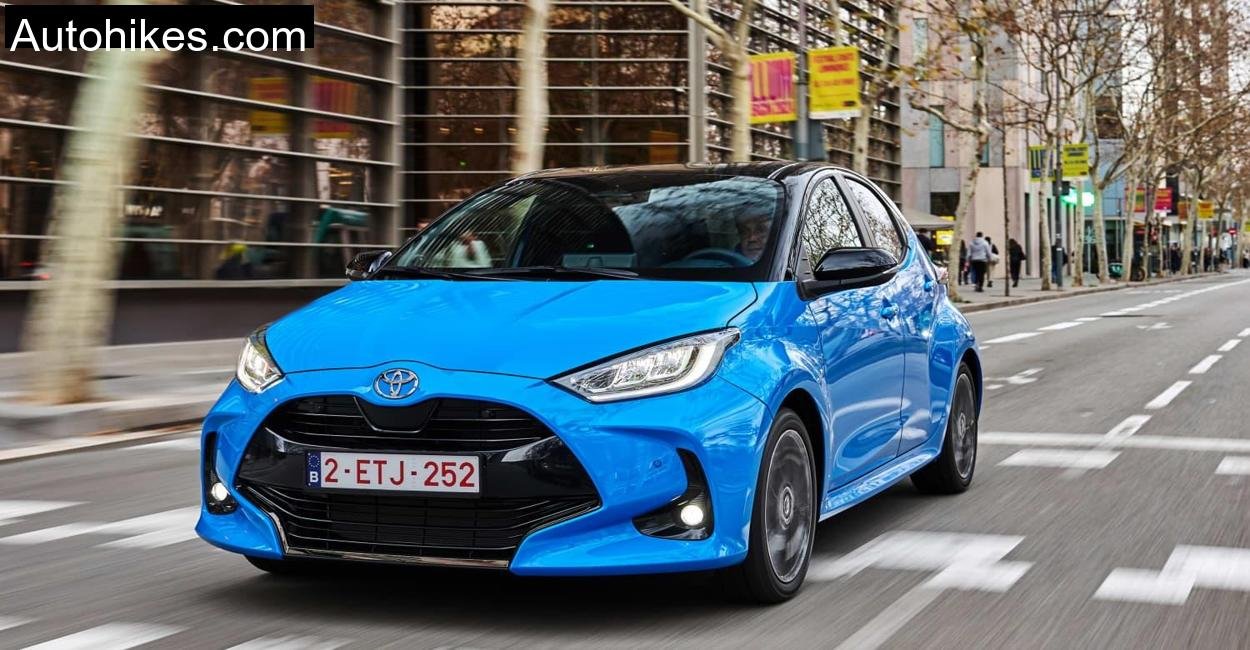The Drawehn region in Lower Saxony, Germany, is a hidden gem for any driving enthusiast. Rolling hills, narrow winding roads, and the occasional wide-open stretch make it the perfect testing ground for any car, not just the high-powered sports cars you’d expect, but even compact city cars like the Hyundai i10 N Line.
When I first laid eyes on the i10 N Line, I’ll admit, I didn’t expect much. It looked sharp, sure, with its red accents, honeycomb grille, and dual exhaust tips. But I was skeptical, how much fun can you really have in a sub-compact car with a 1.0-liter engine? As it turns out, quite a lot.
Not Your Average i10
This is not the Hyundai i10 your grandmother used to drive. The N Line is the sportiest version of Hyundai’s smallest car and it shows. From the outside, the car flaunts its aggressive stance with slightly flared wheel arches, a bespoke front bumper, and 16-inch alloy wheels that fill the arches nicely. The red detailing and unique badging give it a distinct character that hints at its performance-oriented soul.
Inside, it continues to impress. Sport seats with red stitching, a thick-rimmed leather steering wheel, and aluminum pedals make you feel like you’re in something much more expensive. The dashboard layout is clean, with an 8-inch touchscreen infotainment system that supports both Android Auto and Apple CarPlay. Everything is logically placed, and the materials, while not premium, don’t feel cheap either.
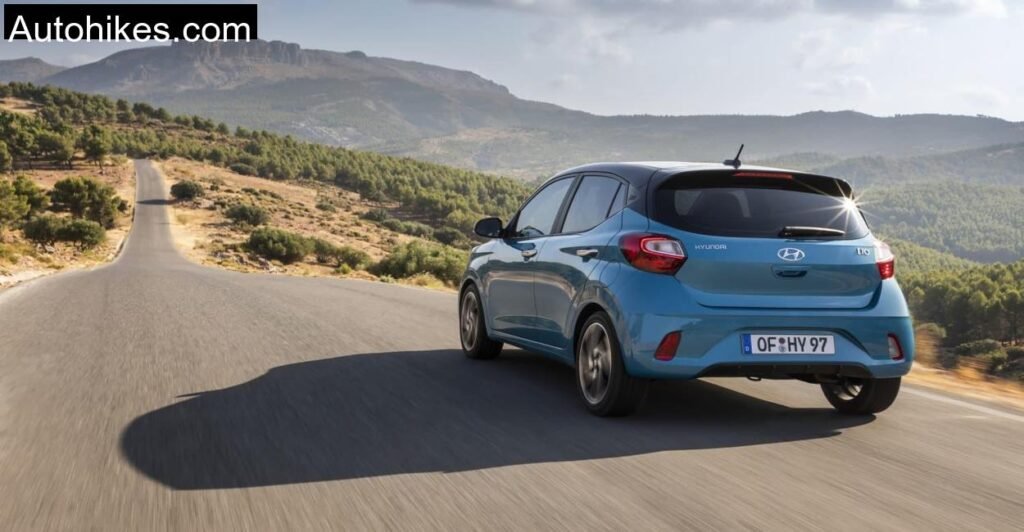
Technical specifications:
For factual precision, we consult only the official Hyundai website for specs.
| Specification | Hyundai i10 N Line |
|---|---|
| Engine Type | Turbocharged Inline-3 |
| Displacement | 998 cc |
| Power | 100 PS @ 4,500 rpm |
| Torque | 172 Nm |
| Transmission | 5-Speed Manual |
| 0-100 km/h | 10.5 seconds |
| Top Speed | 185 km/h |
| Fuel Consumption (WLTP) | 5.4 l/100 km |
| CO2 Emissions (WLTP) | 123 g/km |
| Boot Space | 252 L (905 L max) |
| Weight | 1,099 kg |
| Price (Germany) | From €22,190 |
On the Road: From City Streets to Country Curves
I began my day navigating the tight roads of Lüchow, where the i10 N Line proved its worth as a city car. The turning circle of 10.5 meters made U-turns and tight parking spots a breeze. But it wasn’t until I hit the country roads of the Drawehn upland that the car really came alive.
With the turbo spooled up, the i10 N Line had enough punch to overtake tractors and slow-moving traffic with confidence. The acceleration from 60 to 100 km/h in 5.8 seconds (as per ADAC measurements) felt plenty brisk, and the engine’s throaty growl added a sense of drama that’s rare in this segment.
The 5-speed manual gearbox is pleasantly mechanical, with short throws and a satisfying click as you slot it into each gear. It encourages spirited driving, and I often found myself rev-matching downshifts just for the fun of it.
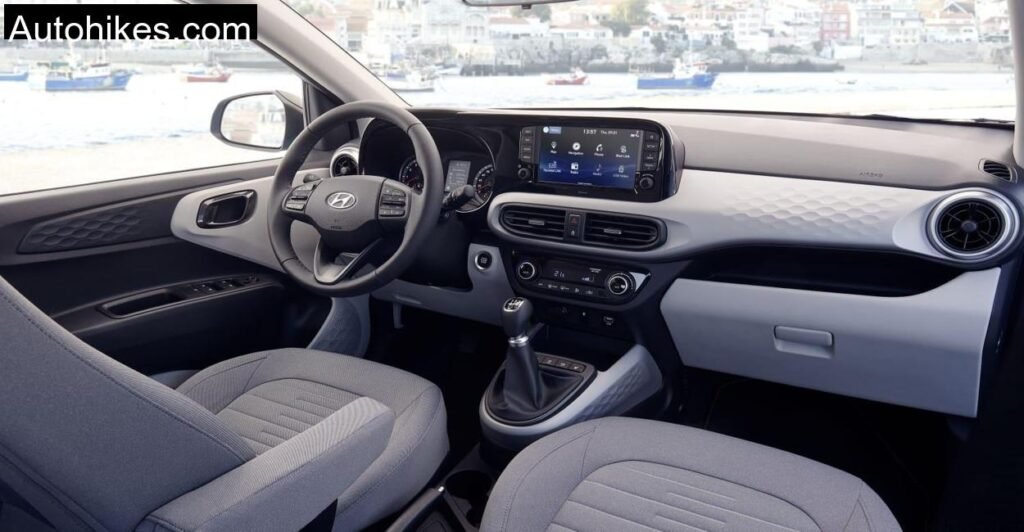
Handling and Ride Comfort: Surprisingly Balanced
The i10 N Line’s chassis is tuned for agility. The steering is precise, and while it doesn’t offer much in terms of feedback, it’s quick enough to make darting through corners enjoyable. Body roll is well-controlled for a car of this height, and the suspension, though firm, isn’t punishing.
On smooth roads, the car felt planted and confident. On rougher sections, especially over short, sharp bumps or expansion joints, it could get jittery. That’s the trade-off for a sportier ride, and to be honest, it felt like a fair compromise. Even at highway speeds, the little Hyundai tracked straight and true, never feeling nervous or unsettled.
Real World Practicality: It’s Not All Show
Despite the sporty pretensions, the i10 N Line remains a practical choice. The rear seats can accommodate two adults without much complaint, and the 252-liter boot swallowed a surprising amount of luggage for a weekend getaway. Fold the rear seats, and you get up to 905 liters, plenty for IKEA runs or hauling sports gear.
Fuel economy was another pleasant surprise. Over nearly 400 kilometers of mixed driving, I averaged around 5.7 liters per 100 kilometers, which is close to the WLTP figure. With a 40-liter fuel tank, that gives you a real-world range of about 700 kilometers if you’re gentle on the throttle.
Safety and Tech: More Than You’d Expect
Hyundai hasn’t skimped on safety either. The i10 N Line comes with a suite of advanced driver assists, including forward collision warning with pedestrian and cyclist detection, lane keeping assist, and a driver attention warning system. These features are often optional or entirely absent in similarly priced rivals.
The infotainment system is snappy and responsive, and having both Android Auto and Apple CarPlay means you don’t need to shell out for built-in navigation. I used Google Maps throughout my drive and had no issues with connectivity.
Conclusion: The Hyundai i10 N Line is a Giant Slayer
After spending a full day in the i10 N Line, I can confidently say this: never underestimate a small car with a big heart. It may not have the badge prestige of a MINI or the raw power of a hot hatch, but it delivers a driving experience that’s more engaging than you’d expect.
In the Drawehn region’s winding backroads, the i10 N Line felt right at home. It’s sharp, nimble, and just powerful enough to keep things interesting. Add in solid build quality, generous equipment, and an unbeatable warranty, and you’ve got a package that’s hard to ignore.
If you’re looking for a compact car that doesn’t feel like a compromise, the Hyundai i10 N Line deserves a serious look.
Is the Hyundai i10 N Line suitable for long drives?
Yes, despite its size, the i10 N Line is comfortable and stable on highways. It offers enough performance for overtaking and holds its own on long-distance journeys.
How much does the Hyundai i10 N Line cost in Germany?
The starting price is around €22,190. Optional extras like metallic paint or safety packages can push the price slightly higher.
Does Hyundai i10 N Line feel like a proper hot hatch?
Not quite. It’s more of a warm hatch. It’s fun and agile but doesn’t have the raw speed of a Polo GTI or Fiesta ST. However, it’s also more affordable and easier to live with.
